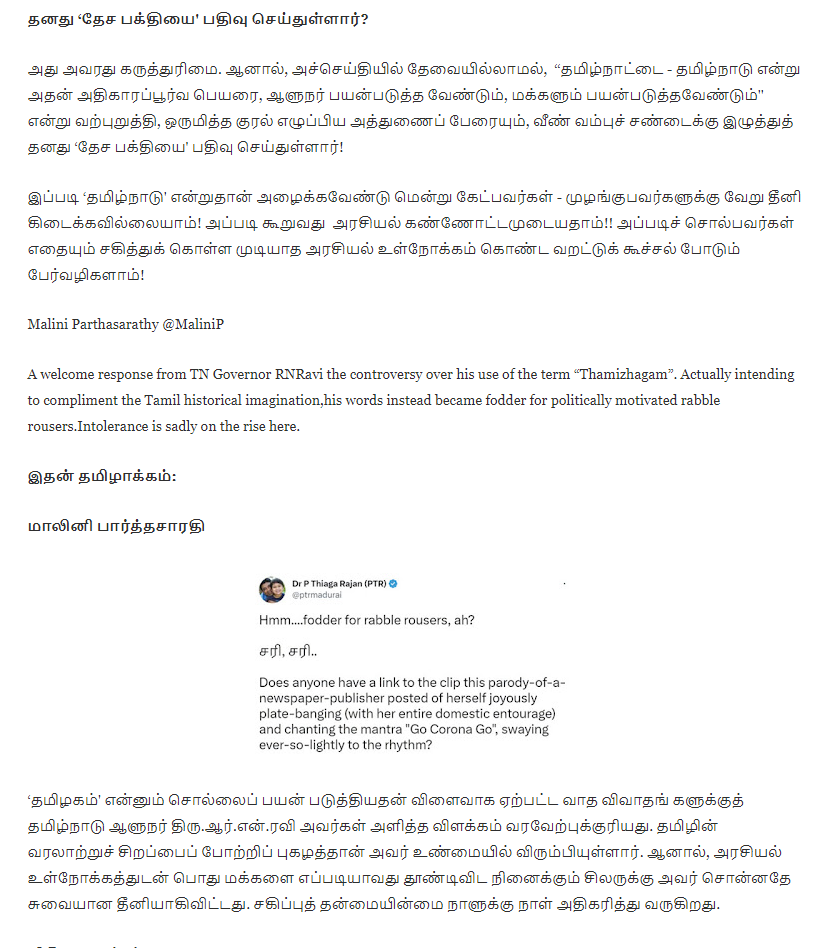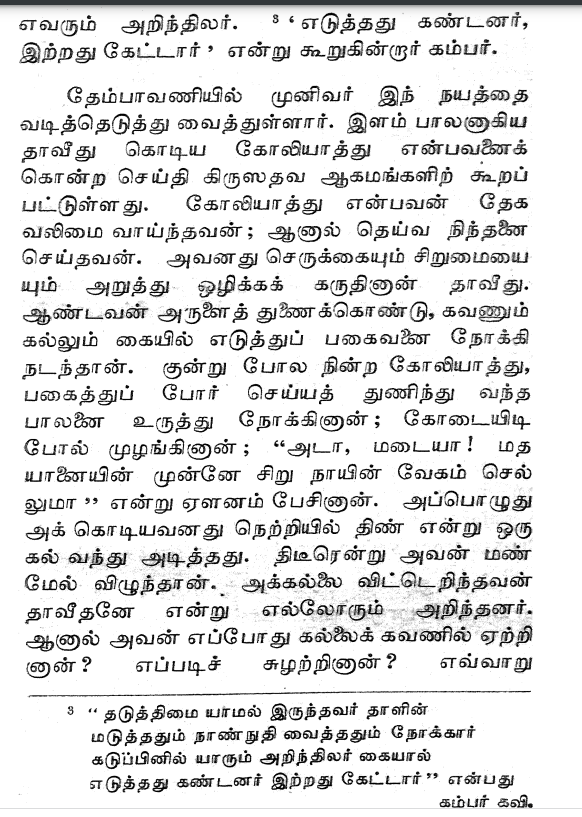Today is #Ugadi / #yugadi. It is the first day of the New Year in the Luni-Solar Calendar followed in Andhra, Karnataka. So why is it named Yuga+Adi (Yugadi) means starting of the yuga? This is the day on which Kali Yuga started? How do we know that? 1/n
The answer to that is found in the Solar Calendar followed in another South Indian state, TamilNadu. It is possibly the only calendar that consistently keeps track of the number of year past the epoch Kali yuga. So what is special about the epoch 5124 years before? 2/n 

Before we explore what happened 2023-5124, 3101 years before i.e. 3102 BCE (as no 0 year between 1CE and 1BCE), we need to understand how months & years are determined in Indian Calendaring systems. In the Solar Calendar Sun crossing the constellation boundary is new month 3/n
So this calendar is entirely based on the position of the Sun as seen in the backdrop of the constellation used as a marker of position in the sky. That is why there is no need for leap days. Some months have 32 days and some 27 and it is auto-correcting 4/n
But in Luni-Solar Calendars the revolution of moon around earth constitutes a month. At the end of a Solar year there will be a shortfall of 11 days. This is corrected by adding an inter calary month or removing a month as per a well defined formula. 5/n
https://x.com/SreedharanKs/status/1774375706669056018
In the Luni-Solar Calendar, the first day after Sun and Moon meeting at the same constellation in the sky (Amavasya/ New Moon) is the start of the new month. The start of the year is when this happens in the constellation of Pisces (Meena) now. 6/n
Obvious question would be why then #Yugadi is also called Chaitra Suddha Prathama, if the conjunction happens in Pisces (Meena). It is because of a phenomenon called Precession of Equinox. At the start of the Kali Yuga this conjunction happened at the start of Aries (Mesha) 7/n
The naming of months too have an astronomical connection. The months are named after the stellar object near which the full moon happens in that month. That is why when Sun is in Aries, the month is named Chaitra. Thus every aspect of Indian Calendaring is based on astronomy 8/n
If conjunction of Sun & Moon or position of the Sun on a constellation boundary is treated as a month, what should conjunction of all visible planets on a constellation boundary be called. An epoch, right? That is exactly what happened in 3102 BCE? So what is the proof? 9/n
Based on a Panchangam found in Tiruvallur (near Chennai), western astronomers researched and concluded that such an astronomical conjunction did indeed happen at the start of the Aries (Mesha) constellation. That is why the New Year is in Chaitra 10/n
https://x.com/SreedharanKs/status/1647639177893408768
This conjunction is also alluded to in Aryabhatiya where the exact number of revolutions of the various planets in a yuga cycle is described. The comparison with estimates by Western astronomers shows the relative accuracy of the various systems. 11/n
https://x.com/SreedharanKs/status/1647639182960123905
There is one other interesting aspect that comes to the fore. This New Year is closer to the Spring Equinox compared to the January 1 followed in the Gregorian Calendar. Traditionally in older systems the warmth of the Sun and resulting vegetation heralded New year. 12/n
This was true with English Calendar too. You would be surprised to know that the shift of legal New year from Mar 25 to Jan 1 was done as a part of shift from Julian Calendar to Gregorian Calendar in the year 1752. 13/n
libguides.ctstatelibrary.org/hg/colonialres…

libguides.ctstatelibrary.org/hg/colonialres…

While celebrating #Ugadi or #TamizhPutthandu we are not just observing the New Year, but also the civilisational memory of an astronomical epoch that would have been completely forgotten. Hence we should not allow politics to disconnect us from science and history. 14/n
• • •
Missing some Tweet in this thread? You can try to
force a refresh

























